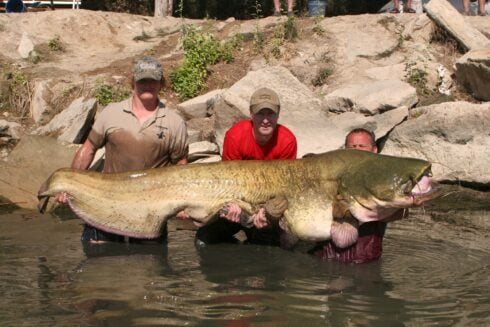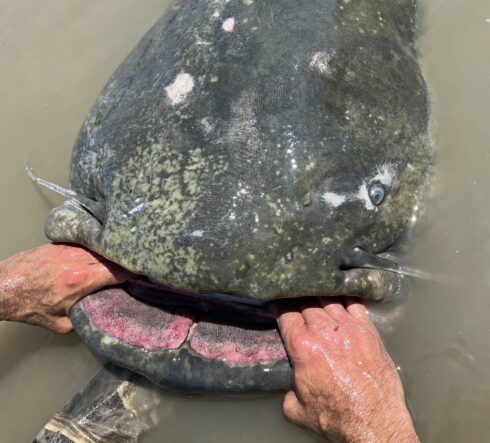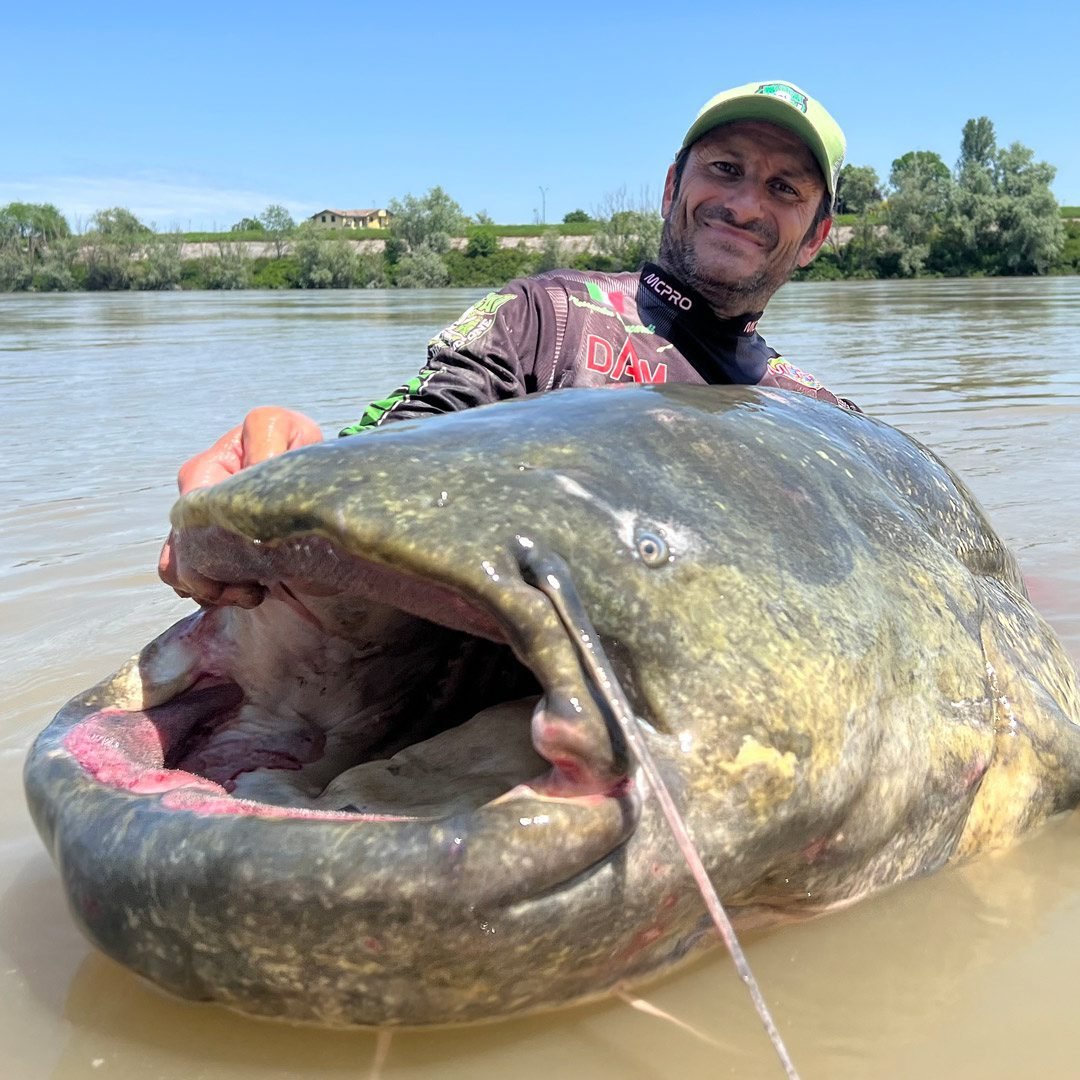AN invasive species of creature that can reach over two metres in length and 100kg in weight is threatening to exterminate the biodiversity of Spain’s rivers.
“The catfish is an ecological time bomb,” said Carlos Fernandez Delgado, a professor of zoology at the University of Cordoba.
“I can’t tell the future, but in a very short time we could see the ecological richness of Spain’s rivers disappear.”
Fernandez’s organisation, Stop Catfish, is carrying out a study in the Guadalquivir River to determine the impact that the creatures are having on the local ecology, which includes the Doñana natural park.
READ MORE: New breed of scorpion is discovered in Spain’s Andalucia

A species native to the Danube in central Europe, the catfish was first introduced to Spain’s rivers by careless fishermen in the 1970s.
Since then, the giant fish has rapidly spread – with continued human assistance – throughout the basin systems of the country.
“This is crazy,” said Fernandez, “because it means sure you can catch the catfish, but soon nothing else. In a few years it will wipe out the native fauna.”
The river monster, which feeds not just on fish and carrion but also birds and even rodents, needs to eat 5% of its body mass every day.
“A thousand catfish equals more than 700 tonnes of biomass exterminated over the course of a year,” said Fernandez. To make matters worse, they live on average for 30 years.
The catfish is a freshwater beast that likes murky waters, usually inhabiting large rivers, lakes and reservoirs with both shallow and deep waters – and an abundance of fish.
And they’re intelligent. “We know that they are capable of recognising and identifying themselves,” the professor explained.
“In some cases it has even been detected that they are capable of organising themselves in herds to hunt more successfully,” says Fernández.
Another key to their success is paternal care the father offers to his offspring.
“Normally, a fish lays the eggs, the males fertilise them and then forgets, so they are at the mercy of other predators.
“The catfish does not act like this. It makes a nest and then the male stays watching the spawn until the eggs hatch and the offspring begin to swim,” he says.

This behaviour ensures the reproductive success of a species that can live up to 40 years, during which a female can lay 30,000 eggs.
Back in the Guadalquivir River, Fernandez’s team of scientists are scouring the surface with boats equipped with a sonar system.
“If we detect fish of more than a metre in length, we know that they are catfish because only they reach that size. Eels, for example, are thinner and do not appear on the sonar.”
According to the zoologist, the lower area of ??the Guadalquivir is key to analysing the development of the catfish and its impact on the environment.
“There are crab fisheries in the basin on which more than 200 families depend for their livelihoods.
“Imagine what it would mean for these companies if this predator, which needs two kilos of food a day, were to arrive.”
Click here to read more Environment News from The Olive Press.








